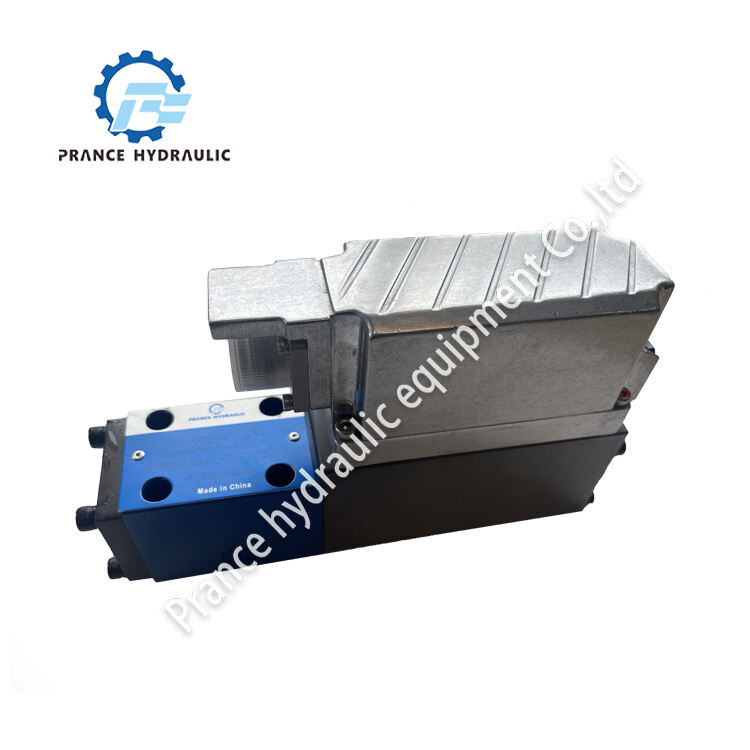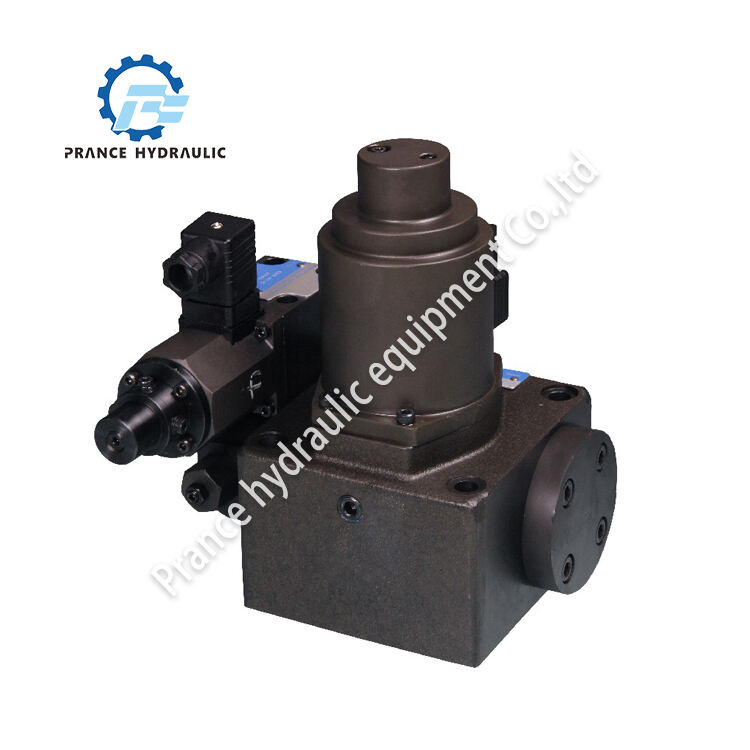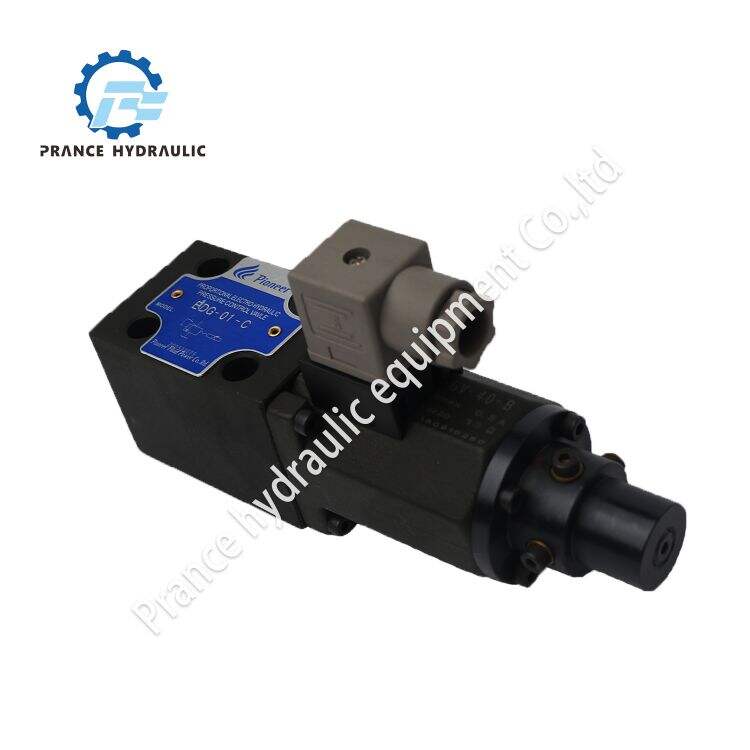Proportional directional valve is an important component of hydraulic systems such as those produced by Prance Hydraulic. These valves regulate how fluid moves through the hydraulic device by altering how much fluid passes through them. They are called “proportional” because they can be finely tuned to the signals they receive for fluid flow.
A valve similar to that fitted to YC42 but where the spool within the valve is moved by electricity is known as a hydraulic proportional valve. The spool’s location determines how much fluid will be allowed to pass through the valve. As more electricity is used, the spool moves to allow more fluid through. The spool shifts to restrict fluid flow when less electricity is consumed. This control gives the hydraulic system a smooth and accurate flow of fluid.
Proportional directional valves are applicable for a wide range of hydraulic systems. You can find them in those big factory machines, farming gear and construction vehicles. These valves regulate how quickly and in which direction hydraulic components, such cylinders and motors, will operate. They are highly influential in the ability to make these systems work well.
Proportional directional valves are employed in factories for several different reasons. One major reason is that they are good at controlling the flow of fluids with high precision, which makes hydraulic systems operate smoothly and efficiently. Companies can use such information to work more quickly and to save money.

There’s another benefit: Because these valves can make hydraulic systems safer. By regulating the flow of fluids precisely, they prevent accidents and damage to machines. This helps keep workers safe and lessens the likelihood of costly repairs.

As with any machine part, pump gearboxs can experience difficulties that hamper their efficiency. Some common problems include leaks, spools that jam and electrical issues. If this or any other of these issues have been noticed on your valve, it is equally important that they be corrected quickly in order to prevent further damage to your hydraulic system.

To repair a valve that is leaking, look for loose parts or damaged seals and replace or tighten them as needed. However, if the spool is jammed, you can clean it using hair-dryer with air or any gentle cleaner if there is a dirt. For electrical issues, inspect the wires and connections for loose or damaged wires.